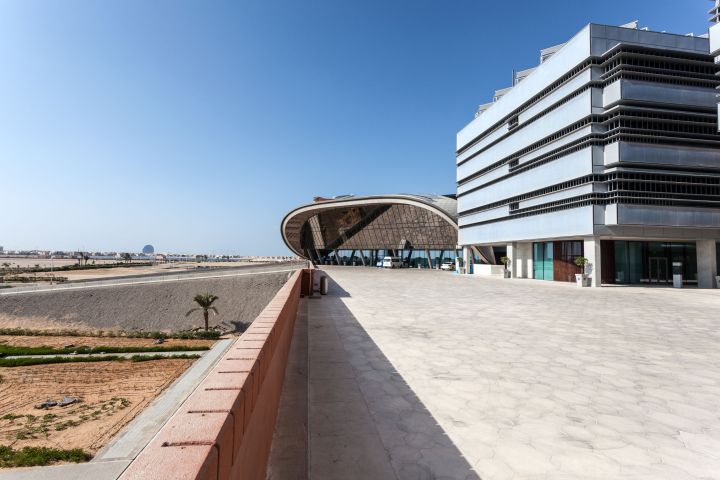
In 2015, French photographer Etienne Malapert used his talent to capture the failures of Masdar, a strangely dystopian looking place that has the makings of a futuristic city, but not much else. As the Guardian notes, “The world’s first planned sustainable city — the marquee project of the United Arab Emirates’ (UAE) plan to diversify the economy from fossil fuels — could well be the world’s first green ghost town.”
Barely any of the city has actually been developed, despite the fact that all of Masdar was meant to be completed by this time. And as for its greenhouse gas-free status, that’s no longer really on the road map. “We are not going to try to shoehorn renewable energy into the city just to justify a definition created within a boundary,” said Chris Wan, the design manager for Masdar City. “As of today, it’s not a net-zero future,” he said. “It’s about 50 percent.”
The $22 billion project is now not even expected to be completed until at least 2030, though it seems unlikely that Abu Dhabi will ever completely give up on the ambitious undertaking. And still, Wan insists, Masdar could become a model for what’s to come (though, by the time it’s completed, those things might’ve already arrived). Speaking of Masdar’s development, Wan noted, “In the bigger picture, I am doing more good for the country and for planet Earth because it’s much more efficient.”


